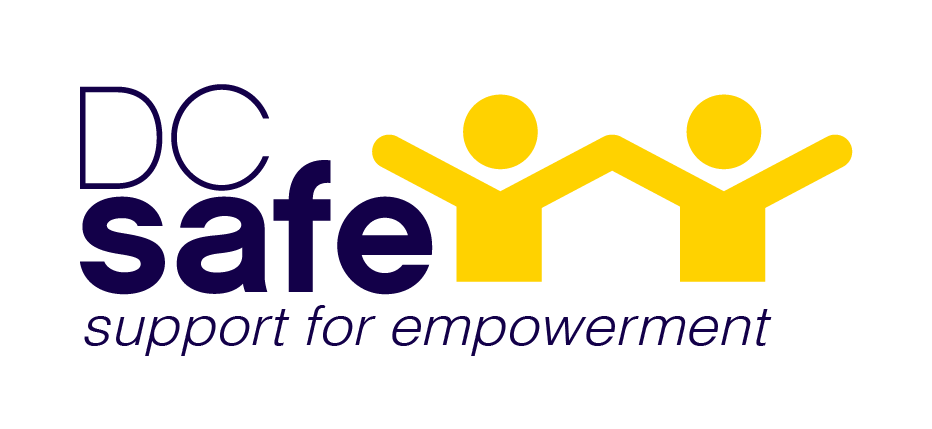“Research shows that many domestic violence homicides are predictable; and if they are predictable, they are preventable.””
the high risk domestic violence initiative
what is the hrdvi?
The High Risk Domestic Violence Initiative (HRDVI) combines a victim-centered and offender-focused approach to address the highest-risk domestic violence cases in DC. By streamlining social services and criminal justice processes, HRDVI reduces barriers for survivors of intimate partner violence and increases coordination around offender accountability.
why was the hrdvi created?
HRDVI was created following two tragic homicides in 2009 that highlighted a critical need for a more integrated response to domestic violence. In one case, four young girls lost their lives, and in another, a young mother was killed despite repeatedly seeking help—she had called the police fourteen times and sought two protection orders over five years. An Inspector General’s report at the time exposed significant gaps in agency coordination, which left those experiencing domestic violence unprotected. In response, the City Administrator mandated a unified response model, leading to the creation of HRDVI with DC SAFE as lead coordinator. The order also directed the Metropolitan Police Department to collaborate with DC SAFE on assessing offender behaviors for lethal violence risk factors.
the framework
THe dvhrt model
The HRDVI follows the Domestic Violence High Risk Team (DVHRT) Model, developed by the Geiger Institute and endorsed by the U.S. Department of Justice. The DVHRT Model is based on the research of Dr. Jacqueline Campbell who determined predictive factors that may lead to homicide.
In collaboration with Dr. Jacqueline Campbell, DC SAFE customized the model’s Lethality Assessment tool to fit DC’s unique needs, enabling rapid and effective responses to high risk cases.
target population: high risk survivors
Each year, DC records approximately 32,000 domestic violence-related 9-1-1 calls, resulting in 20,000 police reports. From these cases, DC SAFE serves about 13,000 survivors with 2,000 identified as high risk clients. This last group is the primary focus of the HRDVI.
three key components of the hrdvi
Lethality Assessment Project (LAP)
Survivors referred to DC SAFE undergo a validated risk assessment.
High-risk survivors authorize DC SAFE to notify HRDVI partners, who respond within 48 hours to coordinate immediate safety and justice measures.
Critical Case Response Team (CCRT)
This team provides rapid, intensive support for cases with imminent threats or complex crises, activating within 24 hours.
The CCRT mobilizes for scenarios where traditional LAP protocols may not suffice, such as immediate harm threats or mental health crises.
Domestic Violence Systems Review Team (DVSR)
Comprising of 17 city, federal, and community partners, the DVSR convenes monthly to review challenging cases, address systemic gaps, and promote data and information sharing.
The team collaborates on improving responses to high-risk domestic violence cases across DC systems.



